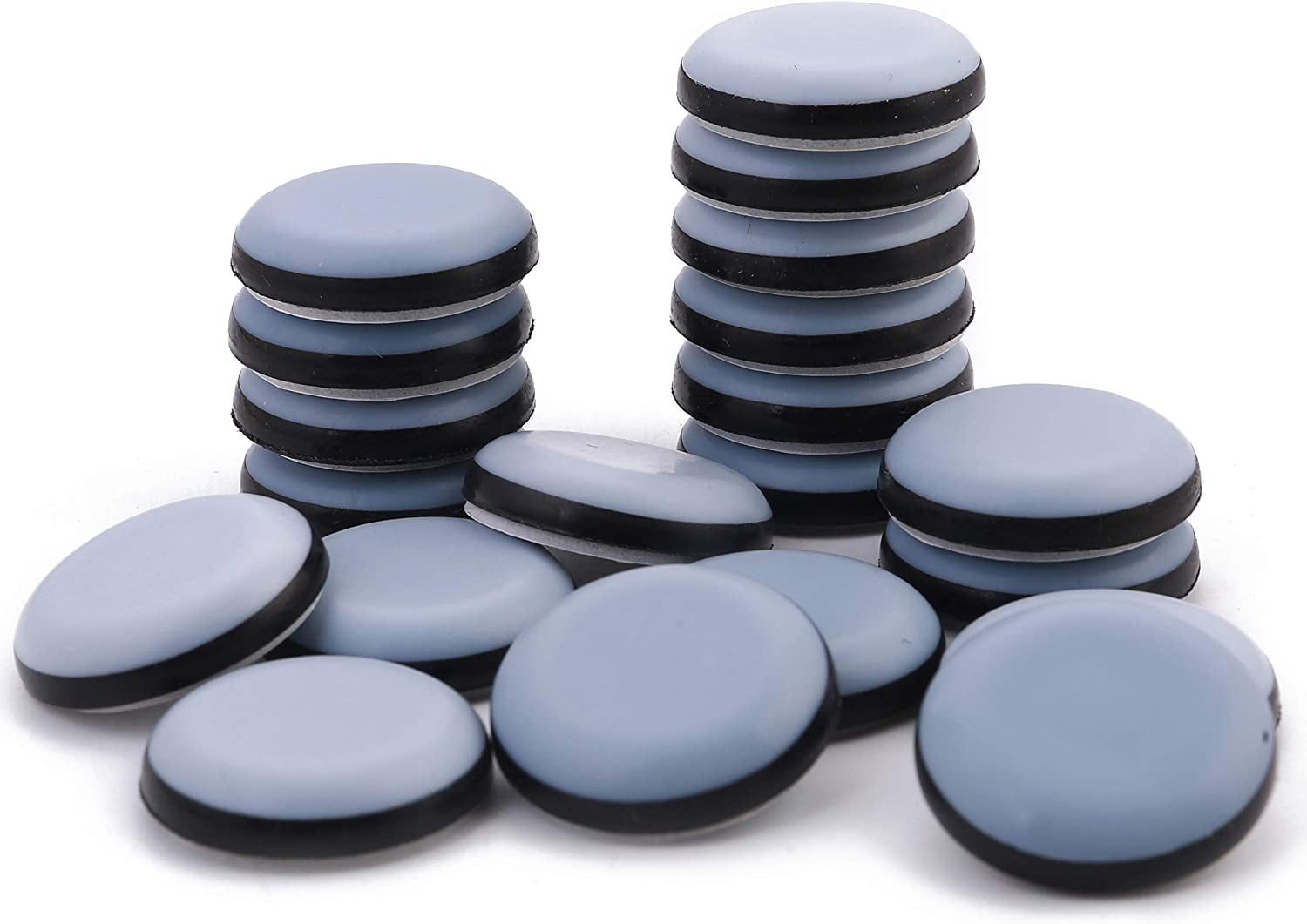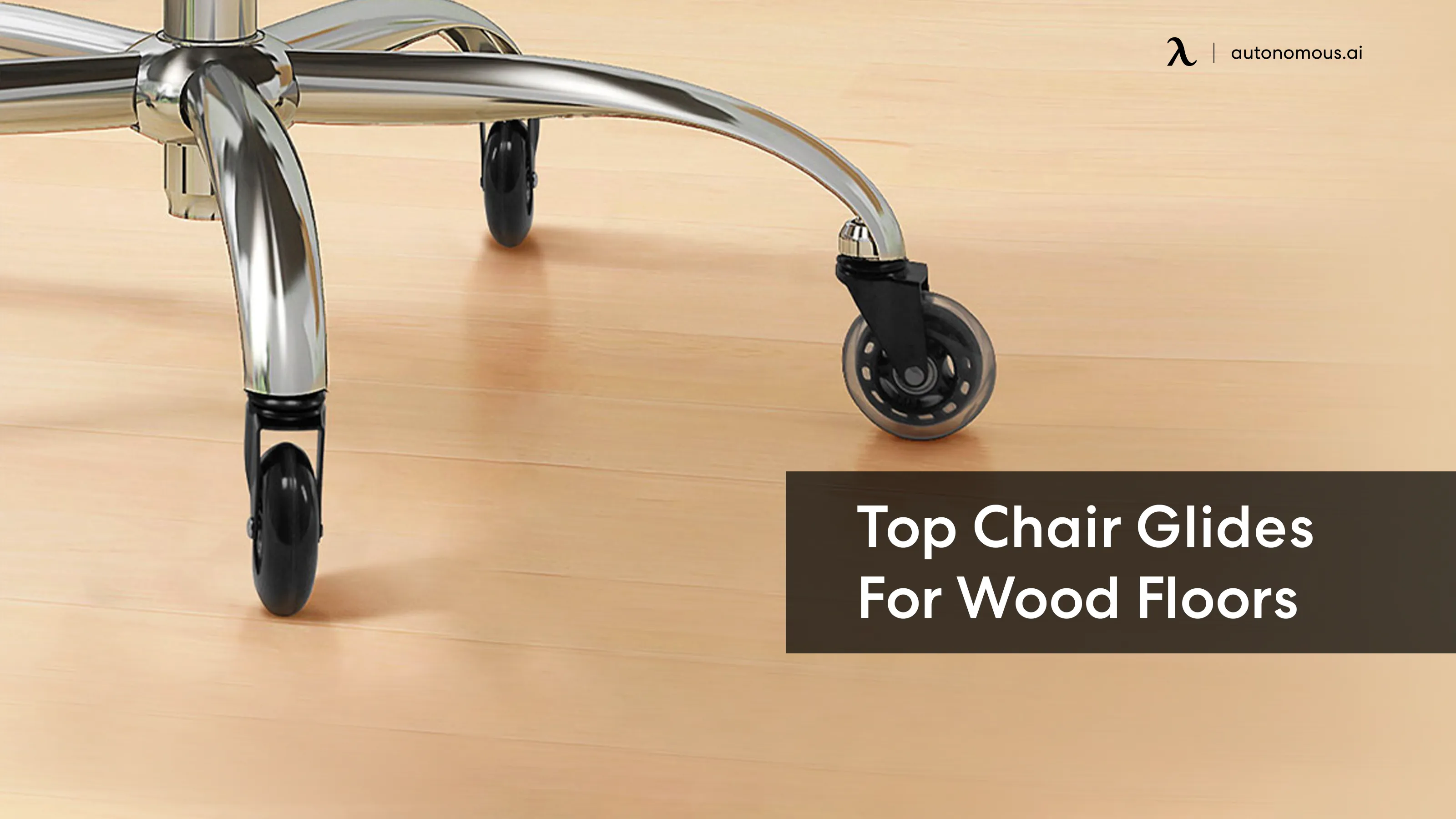Protecting Hardwood Floors with Chair Feet: Best Chair Feet For Hardwood Floors

Protecting your beautiful hardwood floors from the wear and tear of chair movement is crucial for maintaining their beauty and value. A little preventative care goes a long way, and understanding how to choose and maintain the right chair feet is a key part of that. Remember, a “den bagaluak” (well-maintained) floor is a happy floor!
Preventing Scratches and Dents from Chair Movement
Beyond simply using chair feet, several methods can significantly reduce damage to hardwood floors. Regular sweeping and vacuuming remove abrasive particles that can scratch the wood during chair movement. Using protective floor mats under chairs, especially those frequently moved, creates a buffer zone. Consider area rugs in high-traffic areas; these not only add aesthetic appeal but also cushion the impact of chair legs. Furthermore, lifting chairs instead of dragging them across the floor minimizes friction and potential damage. This simple act, though seemingly minor, can make a substantial difference over time. Finally, ensure your chair legs are always in contact with the floor and not wobbling, as this can lead to uneven pressure and damage.
Chair Foot Inspection, Cleaning, and Replacement
Regular inspection and maintenance are paramount to prolonging the life of your chair feet and protecting your floors. A quick monthly check is advisable. Examine each foot for wear and tear, looking for cracks, chips, or any significant reduction in their protective surface.
A step-by-step guide for cleaning and replacing worn chair feet follows:
1. Cleaning: Use a damp cloth and mild detergent to clean the chair feet. Avoid harsh chemicals that could damage the material. For stubborn dirt, a soft-bristled brush can be helpful. Allow the feet to dry completely before returning the chair to its usual spot.
2. Replacement: If a chair foot is damaged beyond repair, replace it promptly. Choose replacement feet that are compatible with your chair’s design and the material of your floor. Many hardware stores offer a wide variety of replacement feet in various sizes and materials. Follow the manufacturer’s instructions for proper installation.
Innovative Chair Foot Designs
The market offers innovative chair foot designs specifically engineered to minimize floor damage. Choosing the right design can significantly impact your floor’s longevity.
- Felt Pads: These are the most common type, offering good protection against scratches. They are inexpensive and readily available, but they may need replacing frequently due to wear.
- Rubber Feet: Rubber feet provide superior grip and shock absorption, preventing slipping and reducing the impact of chair movement. They are more durable than felt pads and offer better protection against dents.
- Silicone Feet: Silicone feet offer exceptional durability and grip, along with excellent shock absorption. They are more expensive than felt or rubber, but their longevity makes them a worthwhile investment.
- Caster Cups/Wheels with Locks: These are ideal for heavier chairs that need to be moved frequently. The locking mechanism prevents unwanted movement and the cups/wheels minimize contact with the floor.
- Chair Glides with Integrated Leveling Mechanisms: These glides compensate for uneven floors, distributing weight evenly and preventing concentrated pressure that could cause dents. They are often made from durable materials like nylon or Teflon.
Choosing the Right Chair Feet for Your Needs

Choosing the perfect chair feet for your hardwood floors is a balancing act. It’s about protecting your investment while ensuring your chairs remain stable and easy to move. Several factors need careful consideration to make the right choice, impacting both the longevity of your floors and the overall comfort and functionality of your furniture.
Factors Influencing Chair Feet Selection
Selecting the appropriate chair feet involves considering several key factors. The weight of the chair is paramount; heavier chairs require more robust feet capable of distributing weight effectively. The type of hardwood floor finish also plays a crucial role; delicate finishes need gentler protection than more durable ones. Finally, personal preferences, such as aesthetic appeal and ease of use, should not be overlooked. A decision tree can simplify this process.
A Decision Tree for Chair Feet Selection
The following decision tree provides a structured approach to selecting the right chair feet:
- Chair Weight: Is the chair lightweight (<20 lbs), medium weight (20-50 lbs), or heavy weight (>50 lbs)?
- Floor Finish: Is the floor finish delicate (e.g., high-gloss), moderate (e.g., semi-gloss), or durable (e.g., matte)?
- Mobility Needs: Do you need easy chair mobility, or is stability the primary concern?
Based on the answers, you can select appropriate chair feet. For example, a heavy chair on a delicate finish would necessitate robust, wide feet with felt pads, while a lightweight chair on a durable finish might only require small, plastic feet.
Chair Feet Selection Guide for Different Hardwood Floor Types, Best chair feet for hardwood floors
Different hardwood floor types have varying levels of susceptibility to damage. Selecting appropriate chair feet is essential to prevent scratches, dents, and other forms of wear.
| Hardwood Floor Type | Recommended Chair Feet | Rationale |
|---|---|---|
| Solid Hardwood | Felt pads, rubber feet, or high-quality plastic glides | Solid hardwood, while durable, can still be scratched. These options provide sufficient protection while allowing for easy movement. |
| Engineered Hardwood | Felt pads, rubber feet, or plastic glides | Engineered hardwood is generally more resistant to damage than solid hardwood but still benefits from protective chair feet. |
| Prefinished Hardwood | Felt pads, rubber feet, or plastic glides with a larger surface area | Prefinished floors often have a thinner wear layer, making protection especially important. Larger surface area distributes weight better. |
Rewritten Article: Choosing the Best Chair Feet for Hardwood Floors
Protecting your hardwood floors from chair damage is crucial. The right chair feet can prevent scratches, dents, and other wear, extending the life of your flooring. Consider these factors when making your selection.
First, assess your chair’s weight. Heavy chairs need larger, sturdier feet to distribute the weight evenly and prevent concentrated pressure points. Lighter chairs can often use smaller, less robust options.
Next, examine your floor’s finish. A high-gloss finish is more susceptible to scratches than a matte finish. For delicate finishes, felt pads are often the best choice, offering excellent protection and silent movement. Durable finishes may tolerate plastic or rubber feet.
Finally, think about your personal preferences. Do you prioritize easy chair mobility, or is stability more important? Wheels are great for mobility but can cause damage if not used carefully. Feet with felt pads provide both protection and quiet movement.
Ultimately, the best chair feet are those that offer the right balance of protection, mobility, and aesthetics for your specific needs and flooring type. Careful consideration of chair weight, floor finish, and personal preferences will ensure a long-lasting and beautiful hardwood floor.
